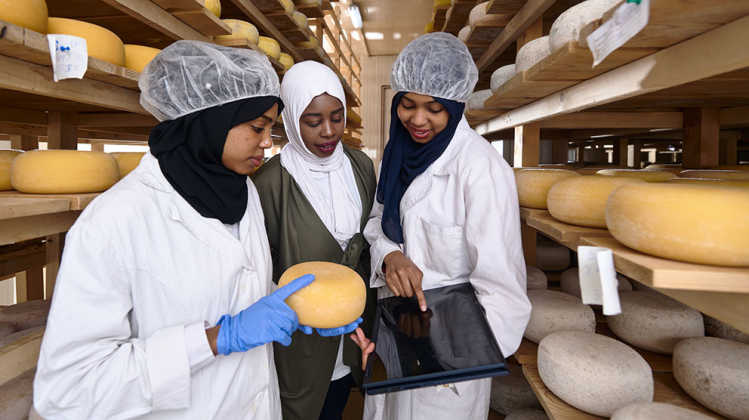Want to make the sale? Invest in marketing for business success

Food and beverage processors need to invest time and resources to generate sales – because great products don’t sell themselves. While it’s challenging to determine how to spend wisely, putting money towards marketing is a sound investment.
There are two groups to focus on: customers and consumers. Customers are the stores that purchase products to put on their shelves, while consumers are the people who purchase products for their own use.
Some of your marketing initiatives are specific to your customers, while others are targeted at consumers. The magic happens when you find marketing that resonates with both.
Food and beverage processors should allow 30 to 40% of their selling price to be invested in different sales and marketing initiatives to generate product sales. Every product and every category are different.
Overall, there are two categories to consider for your marketing investment: trade spend, and marketing spend. There’s no magic formula to determine where to invest – you must watch your category and learn what works for your products.
Trade spend
Trade spend is the total amount you invest with your customers and includes:
Reduced pricing to support ads
In-store or multi-buy offers
Money spent on loyalty programs
In-store demonstrations
Over-and-above money
Trade shows to meet with customers
Any other money to build your customer brand and drive sales
Marketing spend
This is the total amount you spend targeted directly at consumers and includes:
Social media
Mass media
Public relations
Consumer trade shows
Supporting community events
Sponsorship at the local rink
Any other money spent to build your consumer brand or drive sales
The importance of forecasting
While there is no single answer to determine exactly the right amount to invest to generate more sales, forecasting can help.
Food and beverage sales and marketing is an every day and every week job.
When you forecast results every time you invest, you can determine if you will generate a return.
For example, if you discount your price by 50 cents per unit and your customer puts the item on an in-store special, what sales do you expect?
If you meet or exceed the forecast and the discount is affordable, then you should plan to do it again. If you fall short, assess if this should be part of trade spend in the future.
Food and beverage sales and marketing is an every day and every week job. Plan and then assess what happened. It is a significant investment but knowing where you are going, and the return on the investments is key to success.
Article by: Peter Chapman

Business success doesn’t happen overnight – understand the steps and time needed to achieve your goals.

